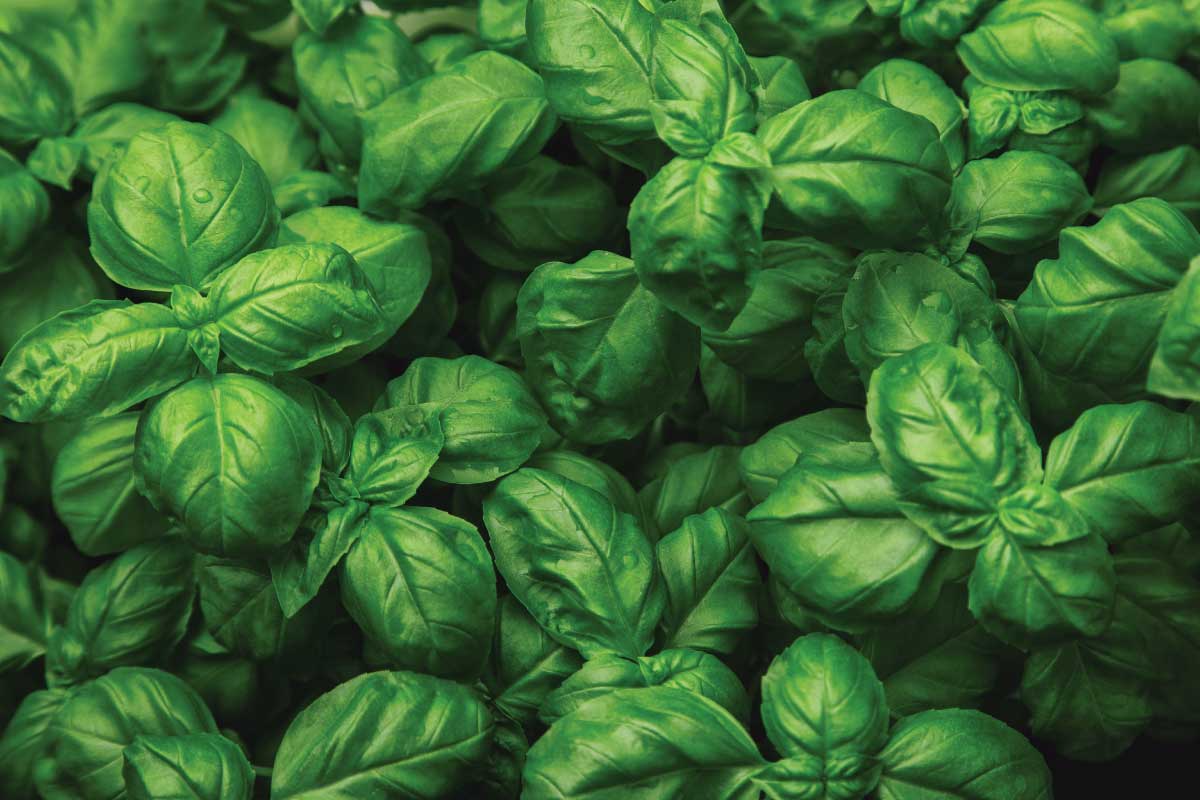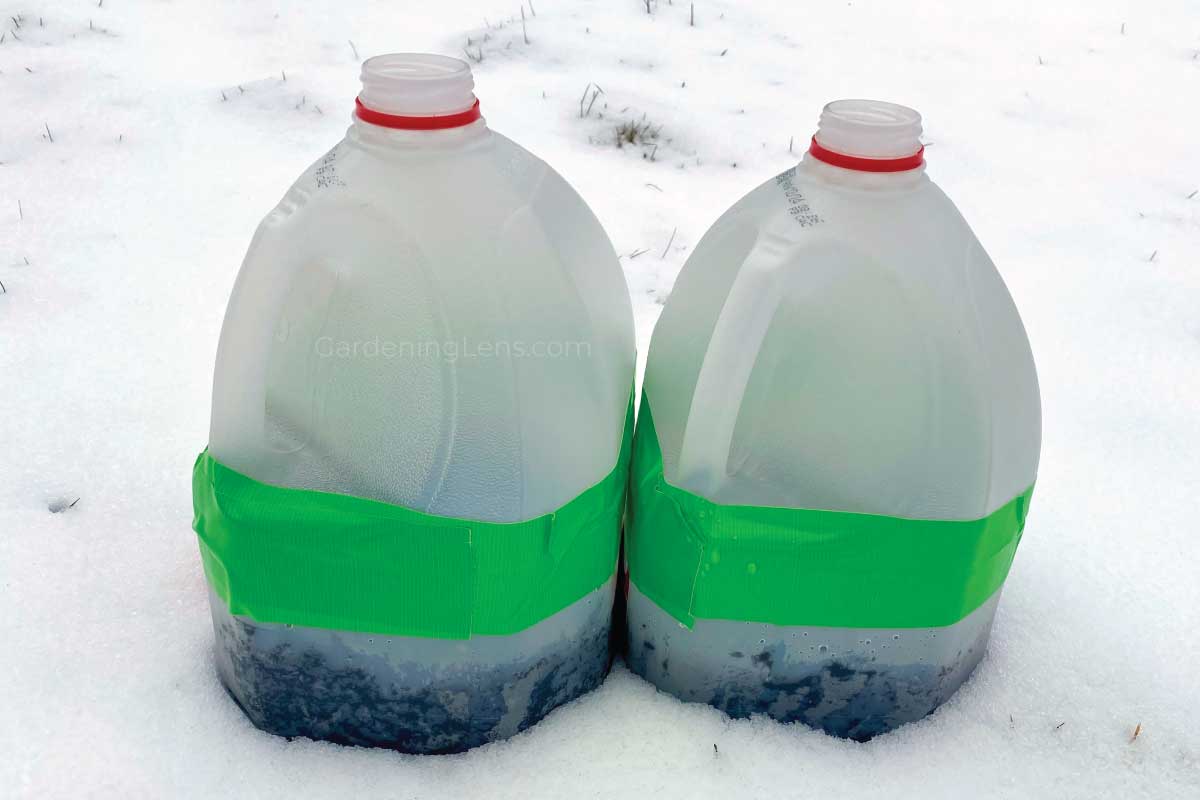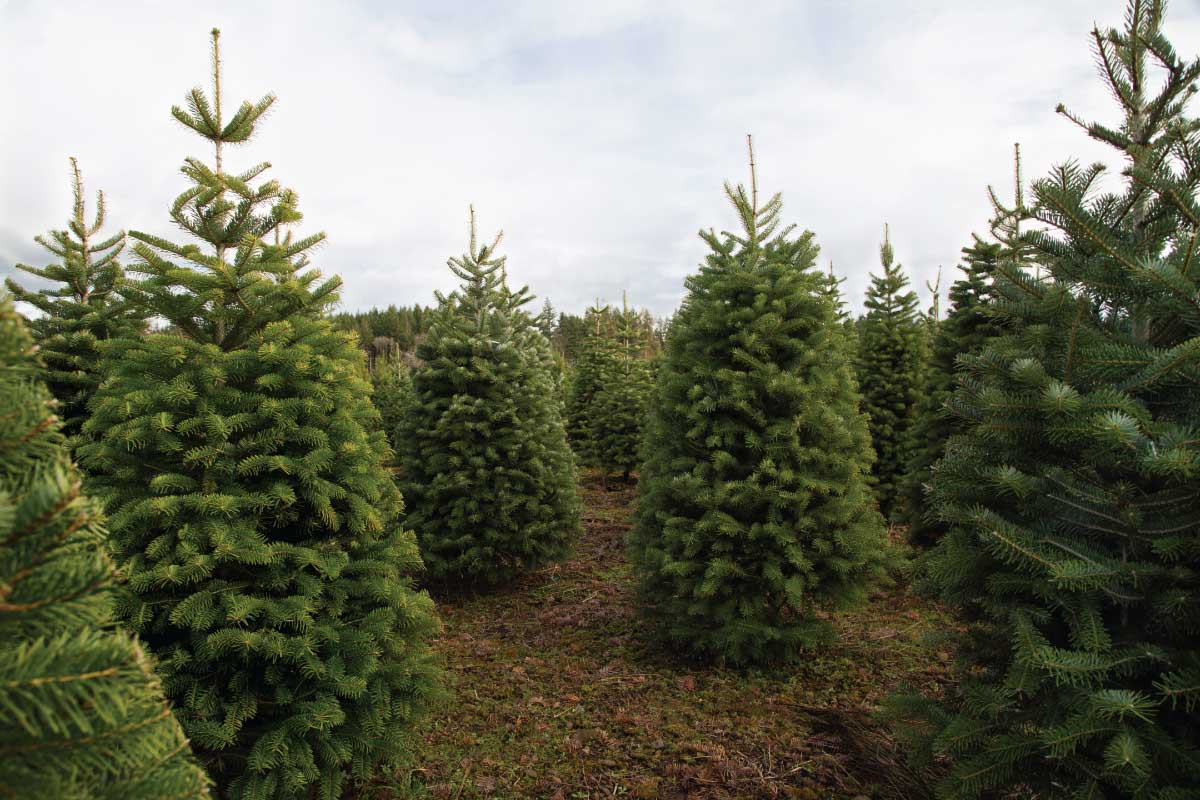Basil, with its fragrant leaves and delectable taste, is a favorite among many gardeners and culinary enthusiasts. However, what many people might not know is that basil isn’t just grown for its leaves; it’s also grown for its seeds. Understanding how to harvest basil seeds can be rewarding for a variety of reasons, whether you’re looking to save seeds for the next planting season or you want to utilize them in your culinary dishes. In this article, we’ll explore the process step-by-step, ensuring you have the knowledge and techniques to harvest basil seeds successfully.
Why Harvest Basil Seeds?
Before we delve into the harvesting process, it’s beneficial to understand why you might want to do it in the first place:
- Sustainability: Saving your own seeds is an eco-friendly approach that reduces the need to buy seeds annually.
- Economy: By harvesting your own seeds, you can save money in the long run.
- Culinary Use: Basil seeds, often referred to as ‘sabja seeds’ in certain cuisines, swell up and become gelatinous when soaked in water. They are commonly used in drinks and desserts in South Asian countries for their cooling properties and unique texture.
- Genetic Preservation: Harvesting seeds allows you to preserve the specific traits of a basil variety that you love.

How to Harvest Basil Seeds: Step-by-Step Process
To ensure that you’re effectively capturing the full potential of your basil plant, follow these steps for a successful harvest:
- Wait for Flowering: Basil seeds are located within the flower spikes. Once your basil plant starts flowering, you’ll notice white or purplish little flowers arranged in a terminal spike. It’s vital to let these flowers mature and go to seed.
- Monitor Seed Development: Once the flowers are pollinated, they will begin to form green seed pods. Wait for these pods to turn brown, which indicates that the seeds inside are mature. This might take a few weeks, so patience is essential.
- Choose a Dry Day: The best time to harvest basil seeds is on a dry day, as this reduces the chance of the seeds molding or being damaged during storage.
- Clip the Flower Spikes: Using clean scissors or pruning shears, clip the flower spikes off the plant. If you’re unsure if the seeds are mature, you can open one seed pod to check. Mature seeds are black, while immature seeds are white or light green.
- Separate the Seeds: Lay out the cut flower spikes on a tray or flat surface in a warm, dry place. Once they are completely dry, rub the seed pods between your fingers or use a fine comb to release the seeds. You can also put the dried seed pods in a paper bag and shake vigorously.
- Winnowing: This is the process of separating the seeds from the chaff. Hold a bowl underneath the seeds and gently blow away the lighter chaff while dropping the seeds into the bowl. Another method is to use a light fan or breeze to help with this process.
- Storing the Seeds: Once you have your clean seeds, store them in an airtight container in a cool, dry place. Label the container with the date and type of basil. Properly stored basil seeds can remain viable for up to 5 years.
Tips and Tricks
- Basil plants tend to produce more leaves if you regularly pinch off the flower spikes. If your main aim is to harvest seeds, allow a few plants to flower and go to seed, while you continue to pinch others for leaf production.
- Always use mature seeds for planting as they have a higher germination rate.
- Some basil varieties, like Thai basil, produce more prolific seeds than others, so be aware of the variety you’re growing.
Conclusion
Understanding how to harvest basil seeds is both an art and a science. With patience and practice, you can reap the benefits of this process, ensuring a sustainable and continuous supply of this aromatic herb for your garden and kitchen. Happy harvesting!




